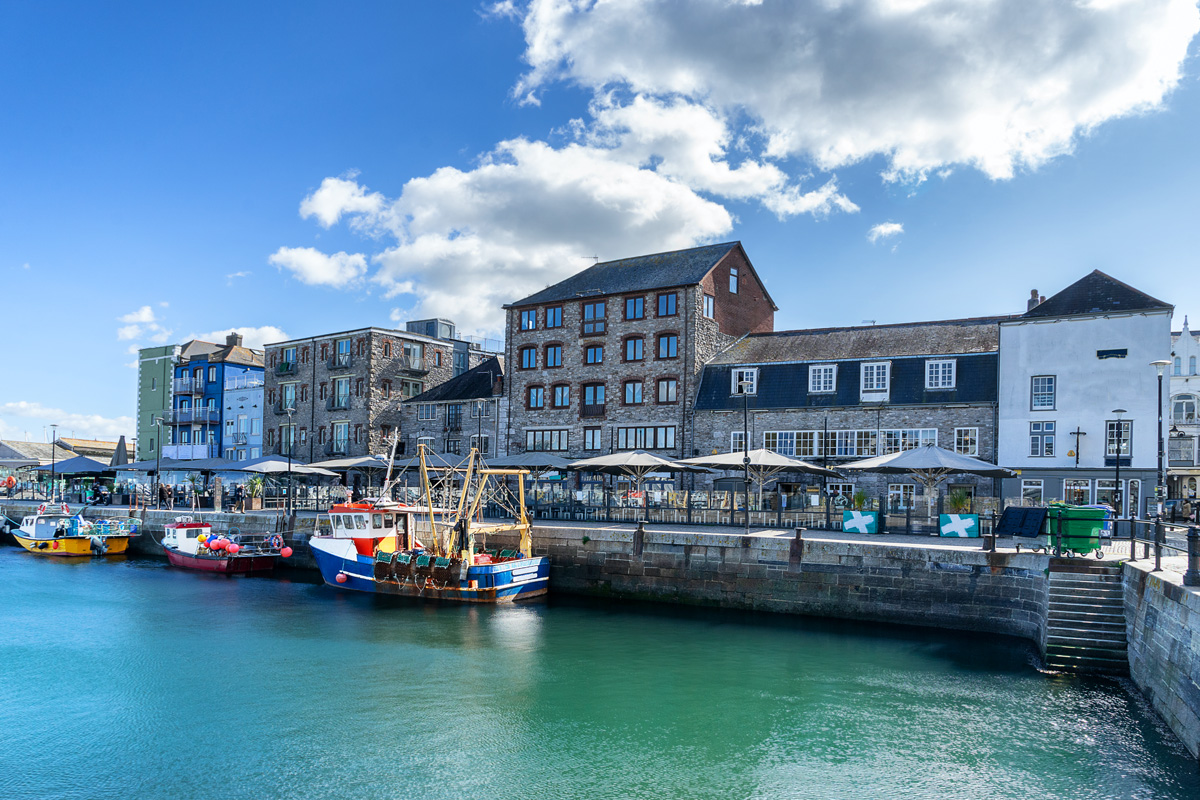Discover The Latest Property Statistics and Sold House Prices In Plymouth, Devon.
Gain a competitive edge in the Plymouth, Devon housing market using our extensive data on house prices with local insights and trends.
See more data for postcode districts in Plymouth:
Check other postcode districts data in Devon:

PLYMOUTH
Property market data for Plymouth in Devon. Compare data on the district postcode areas of Plymouth including sold house price growth, long let gross rental yield, buyer demand, average asking price, average price per square foot and average rental prices. Explore Plymouth with a range of tools to help you understand the local market.
In the centre of Plymouth, PL1 long-let gross yield is 5.1%, the average rental price is £183 the average asking price is £186,162 and the average price per square foot is £223. There are currently N/A completed property sales per month, with a turnover of 20.0%. Toggle between postcode districts to see how different areas compare.
BUY-TO-LET PROPERTY INVESTMENT IN PLYMOUTH
Understanding the Housing Market in Plymouth: Key Facts and Figures
Located on the south coast of Devon, approximately 35 miles away from the county capital, Exeter, Plymouth has a history dating as far back as the Bronze Age. It is home to one of the UK's most historic ports. In 1588, it was home to the British fleet which fought the Spanish Armada and In 1620, the Pilgrims Fathers departed from Plymouth for the New World, where they founded the Plymouth Colony in New England, the second English Colony in North America. But it was during the Industrial Revolution that the city really grew as a commercial shipping port, primarily, handling imports from the Americas and exporting minerals. As well as freight, however, it was also a busy port for passengers. Today, the port contributes almost £100 million to the UK economy and handles around 80,000 tonnes of cargo per year. It is also home to busy ferry services, primarily connecting England to France and Spain. The local economy of the city is still very much connected to the sea and Plymouth is home to the largest number of marine and maritime businesses in the southwest, including marine science and manufacturing and fishing. It is also a military city. The defence sector employs over 12,000 people, with approximately 7,500 people employed directly by the armed forces. Devonport Dockyard or HMNB Devonport, to the west of the city, dates back to the 17th century and is the largest naval base in Western Europe and the only dockyard in the UK that is equipped to repair and refuel the Royal Navy's nuclear submarines. But there is more to the city than the water. It is an ambitious city with potential for growth and is undergoing a lot of changes, illustrated by the 10,000+ construction jobs that are currently in the pipeline and its stated aim to become a more competitive and thriving knowledge-based economy. Between 2014 and 2019 Plymouth's Local Economic Strategy, under the banner of Britain's Ocean City, saw significant regeneration in the city which is continuing under the Developing Economic Growth Plan 2020-2025. The plan outlines six main areas of focus which are inclusive growth, infrastructure, business investment, supporting the defence industry, education and tourism; with the aim of creating lasting and transformational change. If there is one thing that can be said about Plymouth, it has ambitious plans for the future and is very much focused on raising living standards and increasing competitiveness in the local economy. Examples of this include an £80 million transformation of the train station; The Box, a £46 million History Centre; Oceansgate, a hub for marine technology and manufacturing; and, of course, the widely talked about but not uncontroversial, Tory plan, for the Plymouth and South Devon Freeport. In 2022, with a population of just under 250,000 people, Plymouth saw an increase of nearly 4% in house prices, far exceeding the national average. The southwest of England is, of course, an area with a lot of housing demand but despite having incredible growth numbers, Plymouth is still relatively cheap, with an average house price of 185,000, compared with an average price of £270,000, regionally. It is one of the cheapest places to buy property in Devon, with three-bed houses costing as little as £130,000 and the cheapest properties costing as little as £50,000. And yet, while it does not quite represent a city-living alternative to, say, Bristol, there is a level of fast modernisation to Plymouth, of which investors and homeowners should take note. From a built heritage and culture to a strategically important location, to a forward-looking attitude, the city of Plymouth is positioning itself as a city of promise.